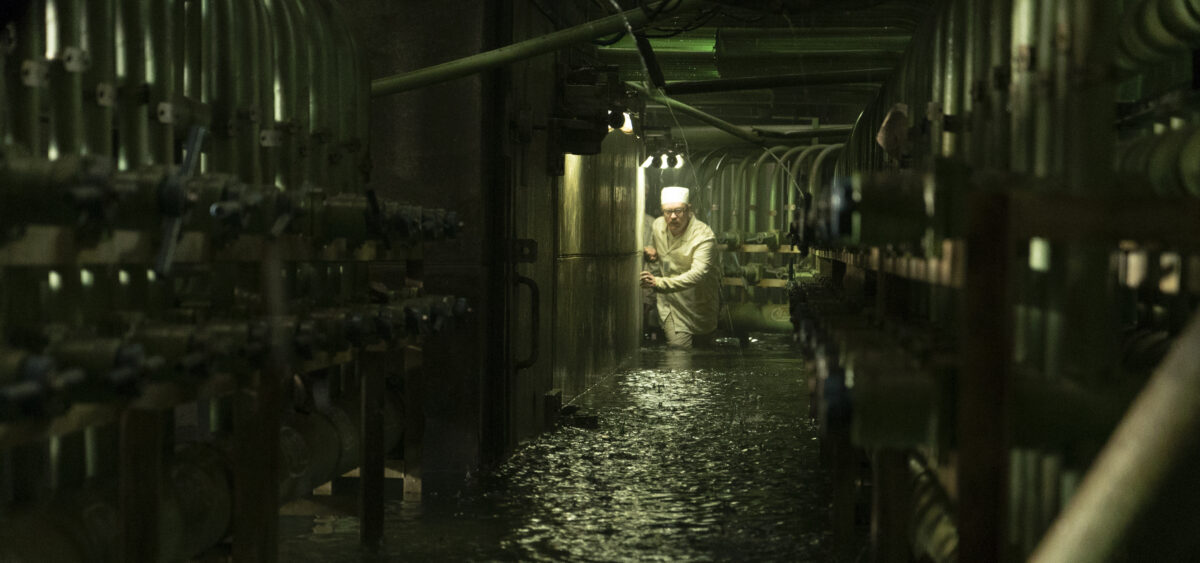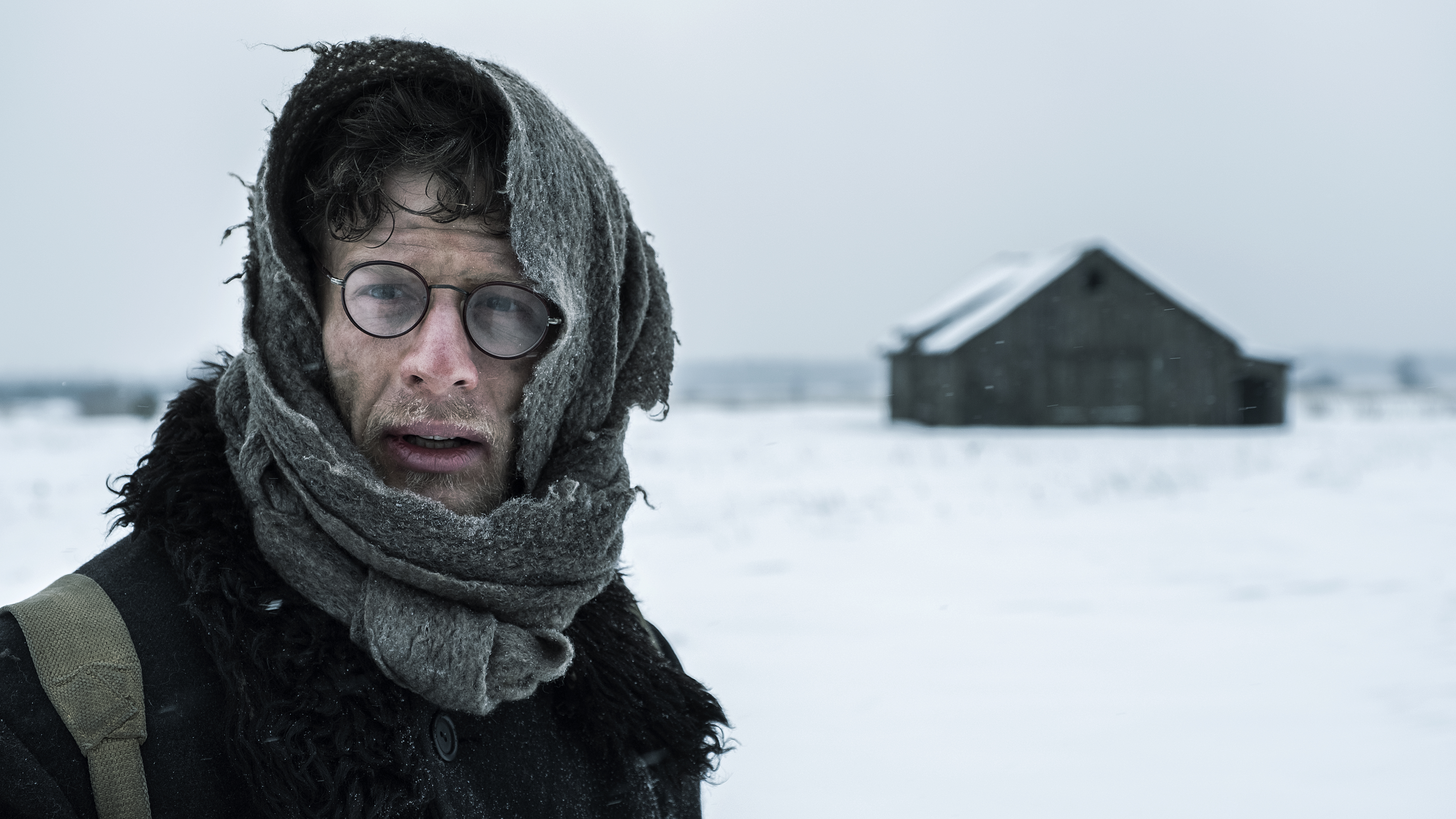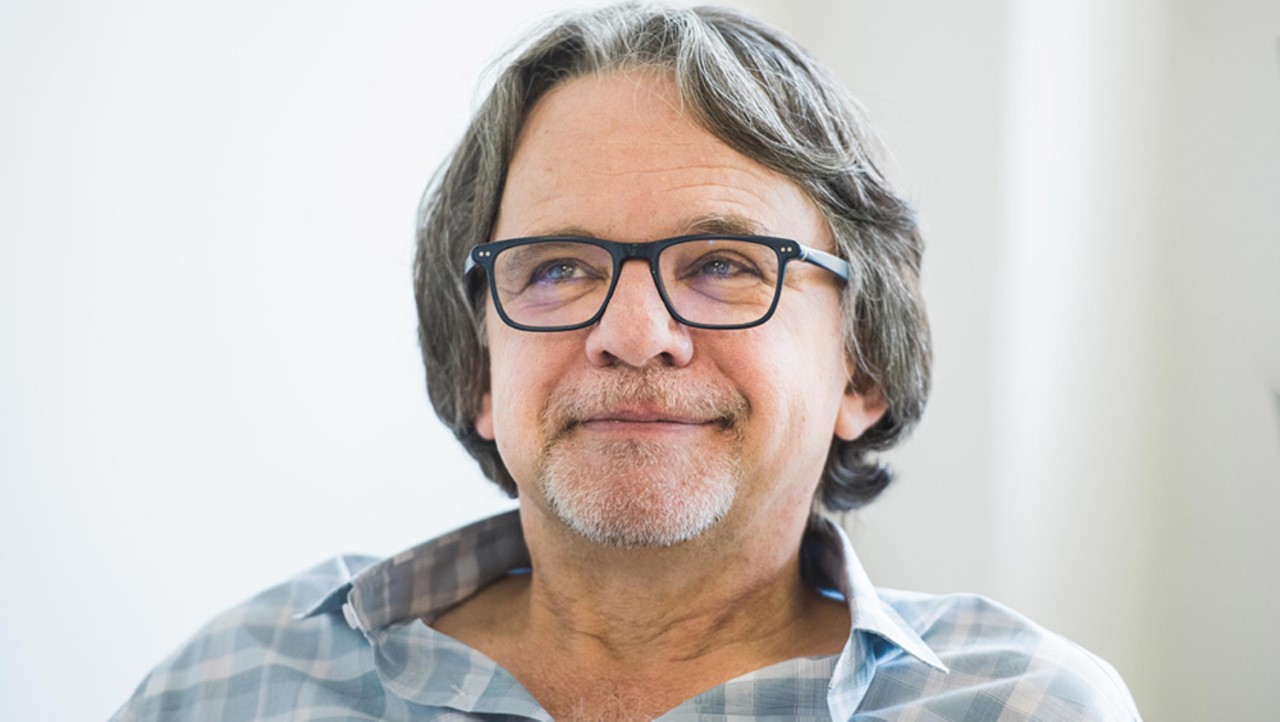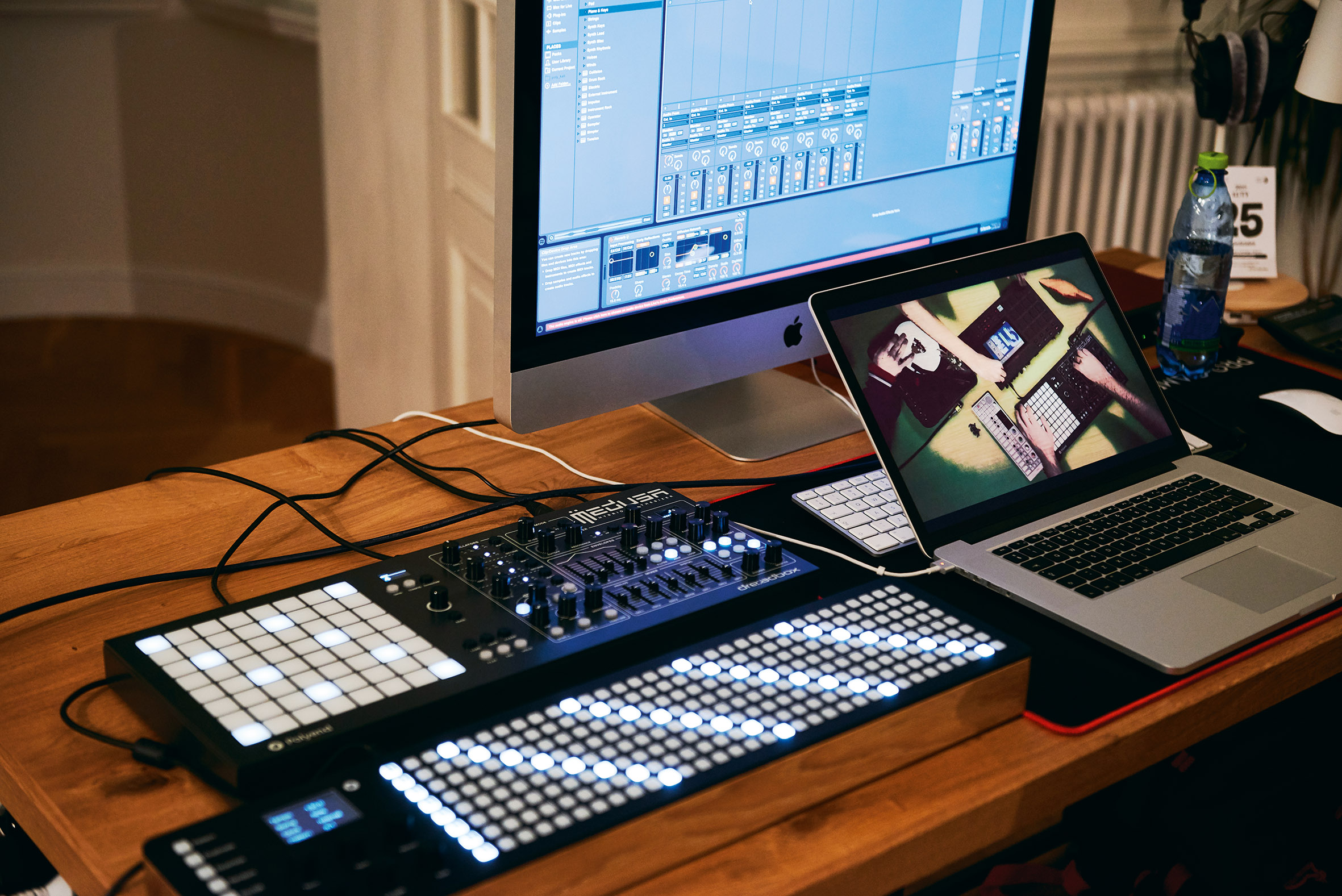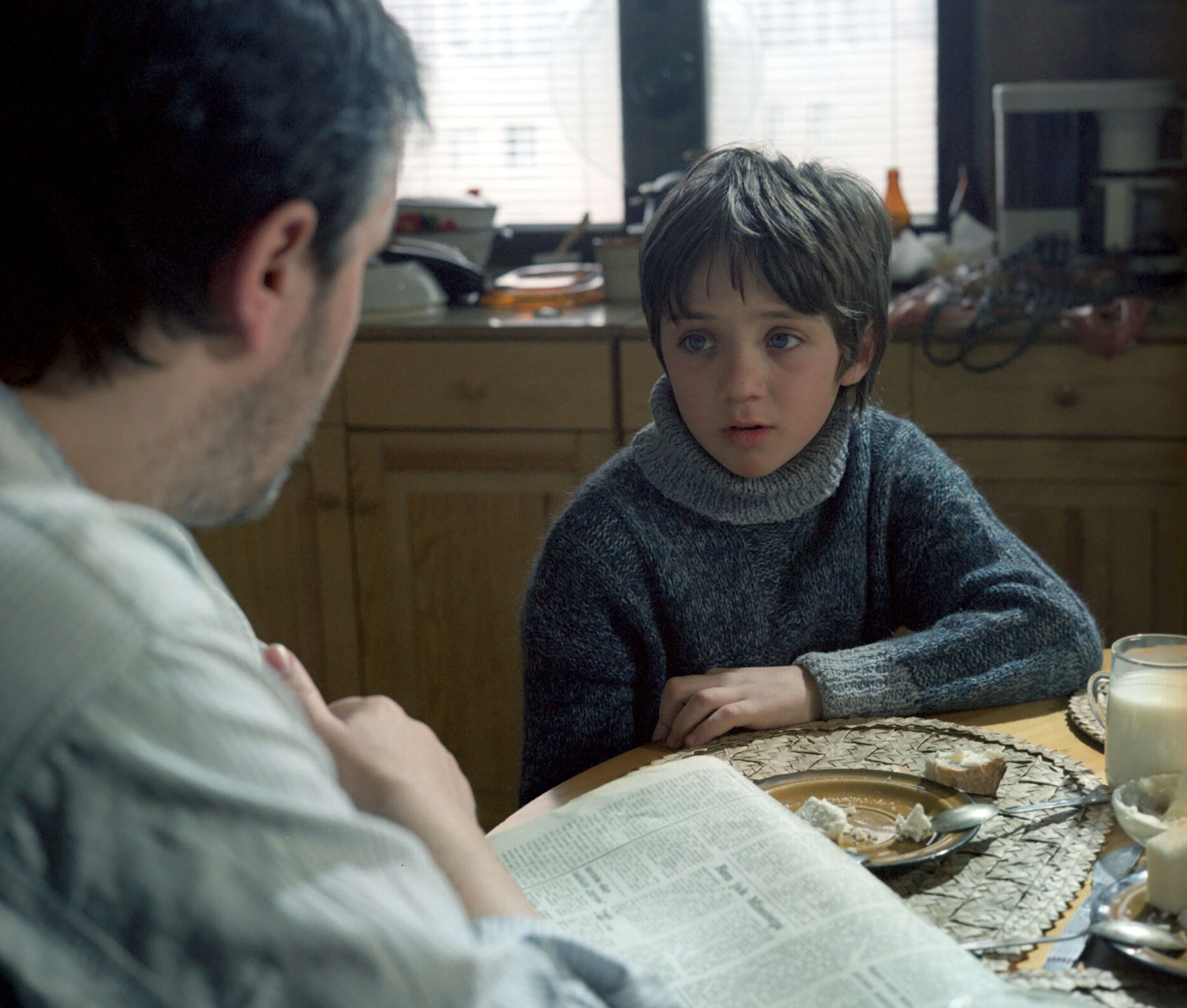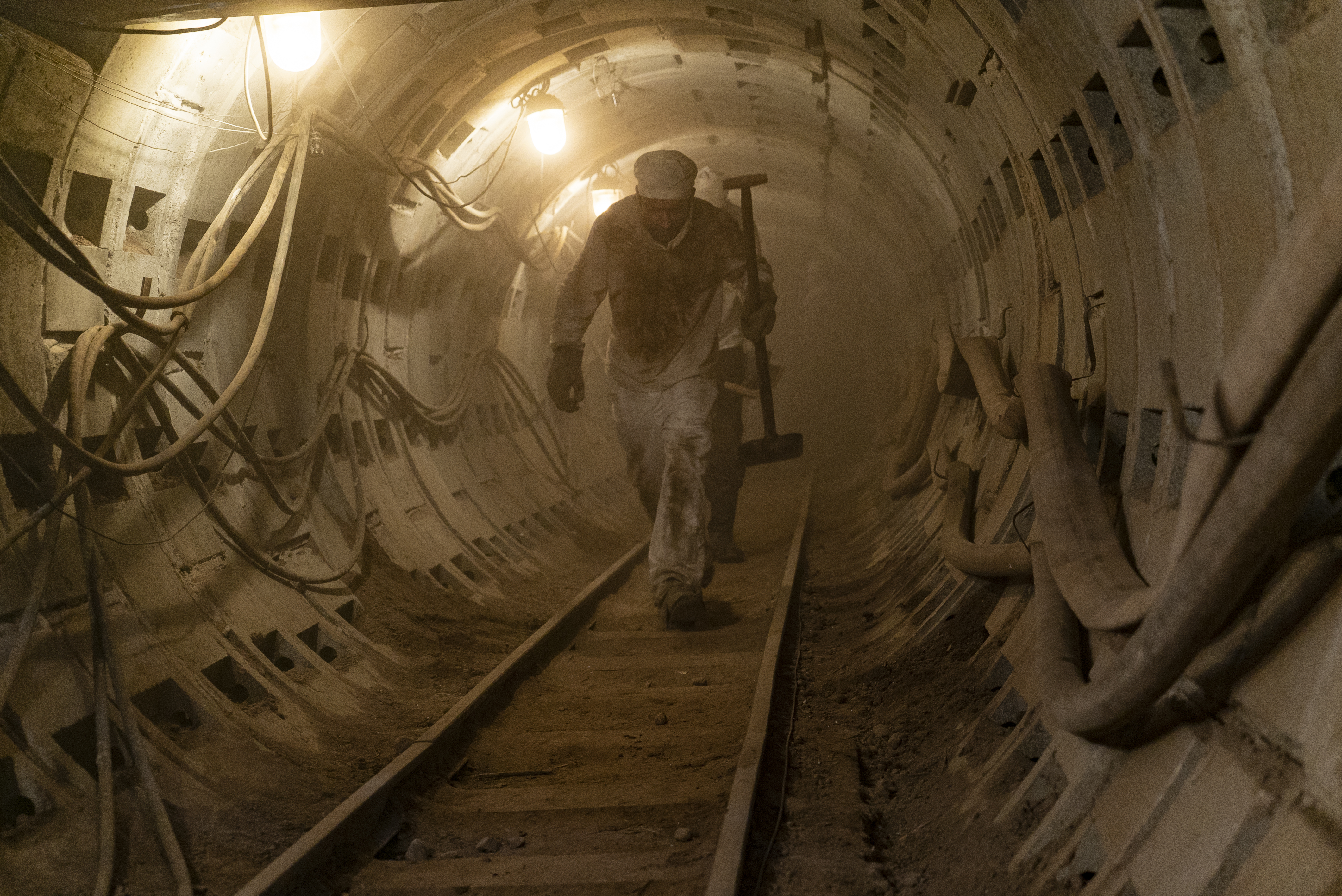
Jan Błaszczak: Do you remember the Chernobyl disaster?
Hildur Guðnadóttir: I vaguely remember it. I was living in Amsterdam with my parents at the time and I didn’t quite understand what was going on, but I do remember that there was a lot of conversations about the disaster. But there were so many elements to the story that I had no idea about until the series. So, apart from anything else, composing the score for Chernobyl was a really interesting learning process.
There was also a practical element to this learning process, because you travelled to a decommissioned nuclear plant in Lithuania. The recordings you made there were the starting point for your score. Where did the idea to do that come from?
The series is based on real events that have affected people, many of whom are still alive today. That’s why I wanted to be very honest about how the story was told. I thought it was important to base the score on a real space. I wanted to capture what radioactivity sounds like. The radiation is this huge element of the story, an element that you can’t really depict with a camera, but that you can feel and therefore almost hear. I wanted the music to be true to that. I spent the whole day in the plant with Chris Watson, a field recording expert. We just went in there armed with microphones and with our ears open; we were led by our ears and our curiosity about the space. We just wanted to explore, so we recorded basically any sound that we found interesting.
Was there something surprising about the atmosphere of the nuclear plant?
There was definitely a lot of surprises, for example the size of the power plant. It really had a big impact. I was very influenced by just that; by the sheer scope of the places. The turbine hall, it’s probably the biggest space that I’ve ever entered. And then there were some smaller surprises, like this door that resembled that of a symphony orchestra. Those surprises ended up playing quite a big role in the score.
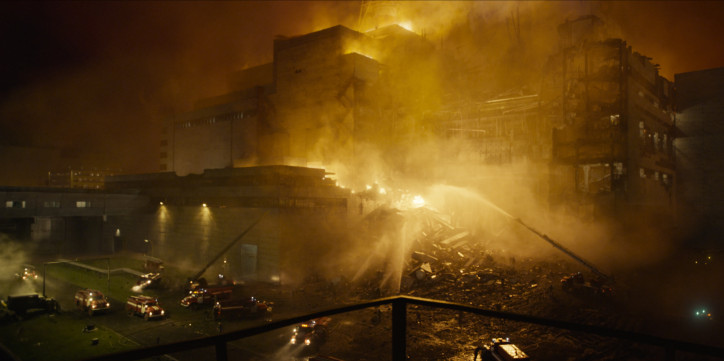
Chris Watson, whom you have mentioned, is a living legend. As a sound artist he’s collaborated with, among others, Sir David Attenborough on his nature documentaries. What was it like to work with him? And how did he find the plant, which is completely the opposite of nature?
I’ve known Chris for a very long time, and we were also on the same record label. I’ve actually worked with Chris quite a few times before, but mostly in a concert setting. When the opportunity came to work specifically on field recordings, it was just obvious for me that Chris would have to be a part of it, because he is just such a phenomenal listener. He is so excited by his ears. Working with him is incredibly inspiring, and his enthusiasm was just miraculous – after many decades of recordings he’s still finding new and exciting things. It’s just so beautiful to get to experience that with him and with his ears.
Radioactivity was the subject of many albums and songs. Kraftwerk is a good example here. But the record I thought of when reading about your work on Chernobyl was 4 Rooms by Jacob Kirkegaard, a Danish artist who recorded and then overdubbed soundscapes of rooms contaminated by radiation. Was this album a point of reference for you?
To be honest, I actually found out about Jacob’s album just after finishing the score for Chernobyl, and I’ve never listened to his recordings. So no, I was not influenced by it. But I did have a discussion with him just a few weeks ago because we met at a wedding, where we had a really nice conversation about recording power plants [laughs]. Good of you to remind me, I actually should listen to his record.
If I remember correctly, he actually made his recordings in Chernobyl.
Yes. Obviously my original idea was also to go into Chernobyl, but I wouldn’t have been able to go into the rooms that I really wanted to go to – for example, I wouldn’t have been allowed into the reactor hall because of the danger of radioactivity. Therefore, we ended up just going to a power plant in Lithuania, which is from exactly the same period as the Chernobyl plant. It’s exactly the same type of reactor, so it would have sounded pretty much identical. The series was also filmed there.
The Chernobyl score is very unlike the neoclassical music that is usually used on such productions. It reminds me of your collaborations with industrial or noise artists like Pan Sonic or Throbbing Gristle. Did you draw on those experiences when composing the score?
Yes, absolutely. All the people you’ve mentioned are people that I’ve collaborated with over the years, and we share a passion for exploring sound. With every collaboration and with every friendship you learn and you grow. Every single person that I’ve worked with has in some shape or form influenced the way I listen and the way I play.
There is, however, one very distinct piece on the Chernobyl soundtrack, quite different from all those gritty electronic sounds. I mean the choral Vichnaya Pamyat. I know you have some experience with arrangements of such music, but I’m curious about the differences between the Scandinavian school you know so well and the Ukrainian one – or maybe in this context the Eastern Orthodox one.
It was a choir arrangement. The director and the writer really wanted to use it. It’s an old traditional hymn that’s sung when someone dies. I guess their style of singing is maybe a little bit different than the traditional kind of Icelandic style of singing. We are just ever so slightly refined. And what’s so beautiful about those Russian or Ukrainian voices is the kind of rawness, this very raw expression, which I really like. It was really important to work with an actual Ukrainian choir because it would have been really disrespectful to just have Icelandic singers. And also this raw expression is something you can’t really imitate, it needs to come in the blood.
You had just collected the Emmy for your score when Joker came out, another picture you have been working on recently. What was the process of writing the music for that film? How much of it was shaped by the director Todd Phillips and his crew? And what does that process usually look like?
Every project is really quite different. It depends on when you come into it, whether the filming has already started, whether there are some strong ideas about the direction. There are many factors. With Joker, I was asked by the director if I was interested in reading the script. It was at least half a year before they started shooting. Then Todd Phillips asked if I was interested in creating some music based on my feeling of the script. He didn’t really give me much direction. He just wanted to hear how I felt. I recorded a lot of music and sent it to him. He was just incredibly happy with the direction that I’d taken, because it was exactly what he had imagined for that film.
There’s so many different ways of telling the same story, so it’s a beautiful start of a collaboration when you’re in complete agreement about how you want it to sound. Todd had a lot of trust and a lot of curiosity about my ideas, about pacing and tonality and instrumentation. He ended up using a lot of music that I had written while they were shooting, so the music really formed the character. When Joaquin was having a hard time getting into the character he would often be led by the music, which is just a beautiful way of collaborating on such a big piece of art.
It’s something like a ballet.
Yes, absolutely.
When writing film music do you think that it must also work autonomously, independently of the visuals?
Of course you write film music to serve a story. But in the case of Joker, because I wrote a lot of the music before the shooting started, quite a lot of pieces aren’t going from A to B, exactly the same length as a scene. It was more like I was writing for myself. Then, when it came to working on the cut of the film, I would edit the music to fit it and I would make different arrangements. But obviously the original music pieces are more like album pieces, and they were released on the soundtrack like that. It’s much more like a solo record. I recorded the film version and then I recorded the soundtrack version, because it was clear that the pieces needed to be longer, they needed to grow more.
Many viewers first heard about you when you were working as a cellist on Jóhann Jóhannsson’s scores, for example on Sicario and Prisoners. What, in your opinion, made him different from other film composers?
Well, it’s hard for me to say, because we were pretty much like family. It’s difficult to judge someone who’s so close to you. But I guess Jóhann had a very specific idea of what film music was and what he didn’t like. Today in the film industry, music often underscores what is happening in the movie. He was very much against that, and I think that’s one of the things that made him stand out. His music occupied a different space. And, you know, he also just wrote pretty good music.
I suspect that after the successes of Chernobyl and Joker, you are receiving many proposals from filmmakers. What are you working on next?
I’m someone that can’t do just one thing, I need to have a lot of different outputs for my expression. And I wouldn’t want to get stuck and only write film music. I need to perform concerts and do other things in other mediums as well. I think I’ve had quite a long film run. For the last four or five years, I’ve been pretty much taken up by film and it’s been wonderful, but I think I’m ready for a bit of a break from that right now. So hopefully I’ll slowly start working on a new solo record.
Parts of this interview have been edited and condensed for clarity and brevity.
Introduction translated from the Polish by Jan Dzierzgowski


